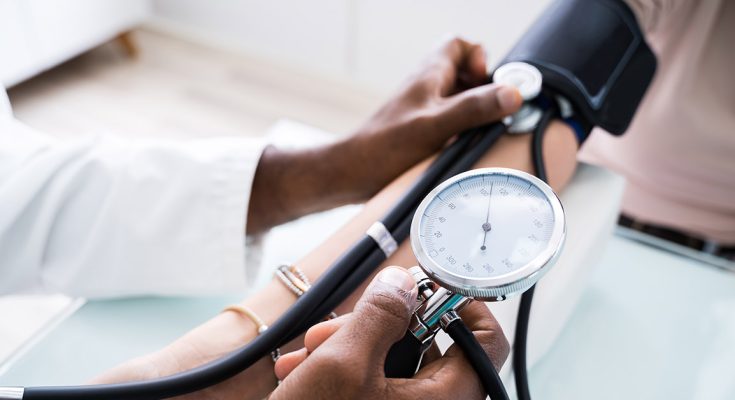Blood pressure is a crucial indicator of a person’s overall health and is often used to assess the risk of various cardiovascular conditions. In recent years, the American Heart Association (AHA), the American College of Cardiology (ACC), and other health organizations released updated blood pressure guidelines, lowering the thresholds for the diagnosis of hypertension. In this article, we will explore the significance of these guidelines and discuss whether they are suitable for everyone.
Understanding the Updated Guidelines

The previous blood pressure guidelines defined hypertension as a reading of 140/90 mm Hg or higher for individuals under 65, and 150/80 mm Hg or higher for those aged 65 and above. However, the new guidelines, based on the Systolic Blood Pressure Intervention Trial (SPRINT) from 2017, set the threshold at 130/80 mm Hg for all adults. (1)
The SPRINT study involved over 9,000 adults aged 50 and above with systolic blood pressure levels of 130 mm Hg or higher and at least one cardiovascular disease risk factor. It sought to determine if targeting a systolic pressure of 120 mm Hg or less was better in reducing the risk of heart attacks, heart failure, and stroke compared to the standard target of 140 mm Hg or less. The results of the study demonstrated a significant reduction in cardiovascular events for those with a lower systolic pressure.
Redefining Hypertension Categories

Along with the updated thresholds, the guidelines also redefined the different categories of hypertension. The category of prehypertension, characterized by systolic blood pressure of 120-139 mm Hg or diastolic pressure of 80-89 mm Hg, has been eliminated. Instead, individuals with these readings are now categorized as having either elevated blood pressure (120-129 systolic and less than 80 diastolic) or Stage 1 hypertension (130-139 systolic or 80-89 diastolic). A reading of 140/90 mm Hg or higher is considered Stage 2 hypertension, while anything above 180/120 mm Hg is classified as hypertensive crisis. (2)
Who Are the Guidelines Aiming to Help?

The primary objective of the updated blood pressure guidelines is to enable early identification and intervention among individuals with high blood pressure. By lowering the threshold for diagnosis, healthcare providers hope to address the associated problems such as heart attack and stroke at an earlier stage. Additionally, the guidelines no longer differentiate between younger and older adults, based on the SPRINT study’s focus on all patients regardless of age.
Is It Right for Everyone?

While the updated blood pressure guidelines provide a valuable framework for healthcare professionals, it is essential to consider individual circumstances when determining the appropriate course of action. For individuals who were previously diagnosed with high blood pressure, the new guidelines may not have a significant impact on their treatment plans, as the importance of lifestyle adjustments, medication, diet, exercise, and weight loss remains unchanged. However, as per the new study results, their healthcare providers may recommend lowering the blood pressure goal to further mitigate risk.
The guidelines may have significant implications for individuals aged 65 and above, as the new threshold places a considerable number of them into the category of elevated or high blood pressure. This does not necessarily equate to immediate prescription of blood pressure medication. Instead, it is crucial to discuss with a healthcare provider about lifestyle modifications such as increasing physical activity, losing weight, and adopting heart-healthy diets like the DASH or Mediterranean diet. Furthermore, medication recommendations are generally reserved for individuals in Stage 1 hypertension who have a history of heart attack or stroke or those with a 10-year risk of a heart attack greater than 10%.
The Role of Home Blood Pressure Monitoring

To support the implementation of the updated guidelines, it is recommended that individuals measure their blood pressure regularly. Home blood pressure monitoring is encouraged, and the use of home blood pressure monitors is increasingly becoming accessible and affordable. This enables individuals to track their blood pressure and detect any significant changes. When using a home blood pressure monitor, following proper measurement techniques, such as sitting quietly for five minutes with back support and uncrossed legs, is crucial to obtaining accurate readings.
The Bottom Line

The most up-to-date blood pressure guidelines provide a comprehensive framework for healthcare providers to identify and manage hypertension more effectively. While the guidelines reflect advancements in medical knowledge and research, it is important to acknowledge that individual circumstances and patient-provider collaboration are crucial when determining the best course of action. By staying informed and proactively monitoring blood pressure levels, individuals can take control of their cardiovascular health and work towards preventing complications associated with hypertension.



